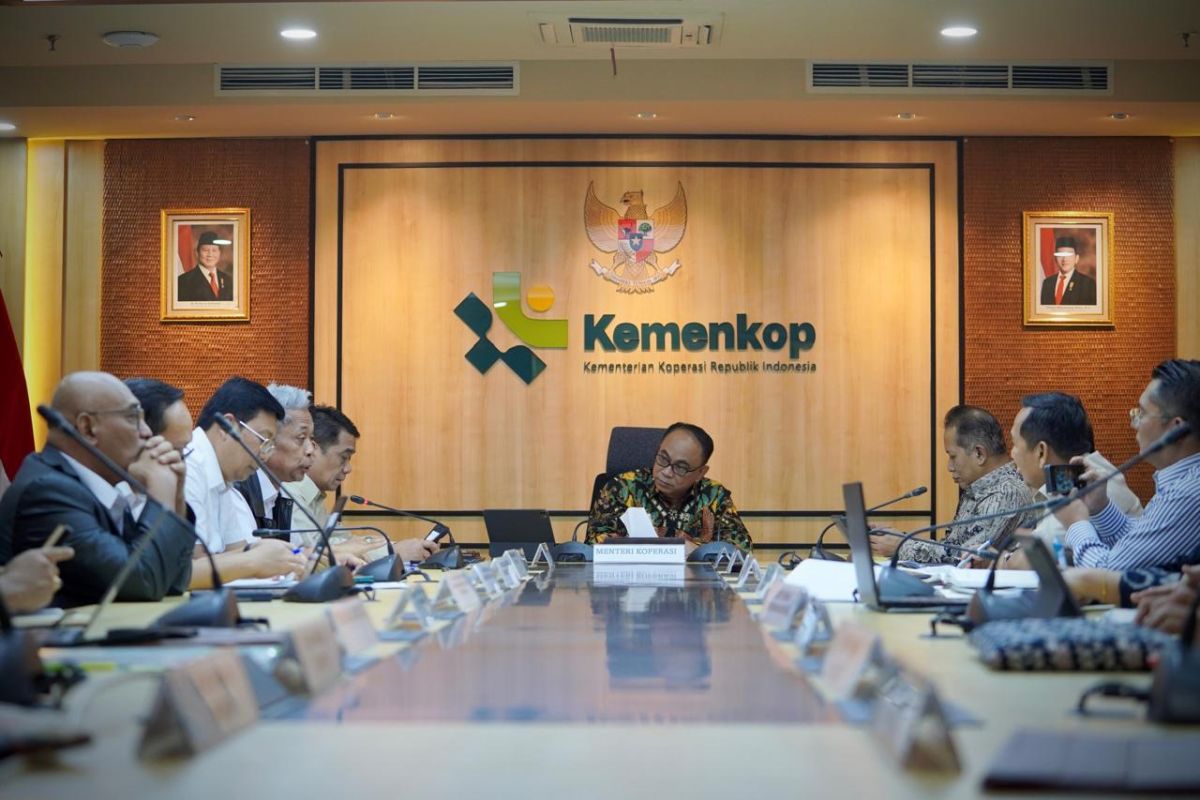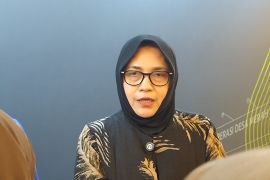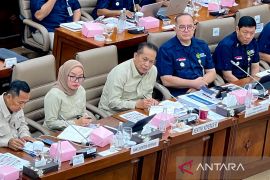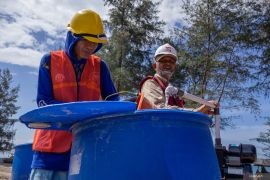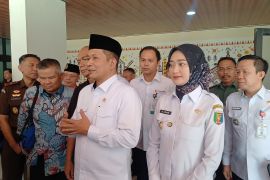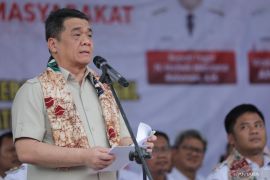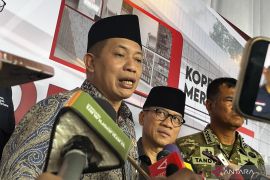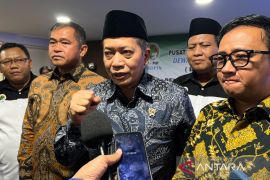Under the program, cooperatives will be established in 70 thousand to 80 thousand villages across Indonesia, with each cooperative allocated a fund of Rp3 billion (around US$180.9 thousand) to Rp5 billion (around US$301.6 thousand).
The program is not just an economic policy, but also a concrete manifestation of the mutual cooperation spirit that is characteristic of the Indonesian nation.
By utilizing the collective power of village communities, the cooperatives will aim to create economic independence and reduce dependence on external parties.
The policy will also open large opportunities for village communities to escape poverty.
With strong collaboration between the government, village heads, and the community, these cooperatives can become tools for socioeconomic transformation that lead villages toward a more prosperous and independent future.
Minister of Cooperatives, Budi Arie Setiadi, has issued Circular Letter Number 1 of 2025, laying down guidelines for the establishment of the Red and White village cooperatives.
The circular, signed by Setiadi on March 18, 2025, is addressed to governors, district heads, mayors, heads of regional offices overseeing cooperatives, and village leaders across Indonesia. It is meant as a reference for these officials to implement the national program.
Through the circular, the minister has set the period between March and June this year as the timeline for the stages of forming village cooperatives.
A challenge or opportunity?
Whether the village cooperative policy will strengthen rural autonomy or increase central government control has invited much debate. With village funds being transferred to national cooperatives, some worry that villages will lose control over their own economic policies.
However, if managed with transparency, these cooperatives could become tools of empowerment that strengthen villages' position in deciding their development direction.
The key is ensuring that the cooperatives program remains rooted in local needs, and does not merely become a top-down program from the central government.
With the setting up of a cooperative in each village, village heads will have a strategic role in supervising the policy's implementation.
If run fairly, these cooperatives can be a space for collaboration between the central government and villages, where villages have a greater opportunity to manage their own funds and build economic independence without excessive political intervention.
As with other state budget-based programs, there is always the risk that cooperative funds may be misused for certain political interests.
However, with a good monitoring system, for instance, through the active participation of the community and the digitalization of financial reports, the cooperatives can provide a new model for transparency in village fund management in the country.
Dissemination of information
A senior researcher with the Political Research Center of the National Research and Innovation Agency (BRIN), Lili Romli, said that the establishment of the Red and White village cooperatives needs to be accompanied by information dissemination.
It must also embrace aspirations to prevent resistance from village heads, he added.
"This is in accordance with the essence of cooperatives, which are voluntary and based on cooperation," he explained.
Apart from that, the formation of the cooperatives must be aligned with village-owned enterprises (BUMDes), which are mandated by the Villages Law.
According to Romli, the Red and White village cooperatives can also be a part of BUMDes, where they are funded using BUMDes membership funds.
Collaboration and benefits
Despite the political challenges, the Red and White Village Cooperatives program can offer real benefits to the community.
First, it can improve the welfare of the communities. With easier access to capital, they can develop agricultural, livestock, and small-scale industries without having to rely on high-interest loans.
Second, the initiative can strengthen the economic resilience of villages. The cooperatives can be a long-term solution to reduce economic inequality between villages and cities, as well as create a more sustainable and community-based economic system.
The third benefit is promoting the spirit of mutual cooperation. Rather than being a political instrument that causes division, the cooperatives can be a symbol of unity and mutual cooperation at the village level, where people work together to improve their shared prosperity.
The fourth is opening space for dialogue between the government and the community. With the presence of cooperatives, village communities will have a new forum for discussions with the government regarding the directions of development that align with their needs.
This is an opportunity for the government to show that the policy has been created for the benefit of the community and is not merely a political agenda.
Whether the Red and White village cooperatives become tools for empowerment or political instruments will depend on the program's management.
With a transparent and participatory approach that is oriented toward community welfare, the cooperatives can lay a significant legacy for the development of villages in Indonesia.
It is time for the government, village heads, and the community to collaborate to ensure the cooperatives bring about positive change.
Strong villages mean a strong Indonesia. The Red and White Village Cooperatives program can be an initial step toward building a more independent and prosperous future.
Related news: Village co-ops can absorb farm produce, aid food security: govt
Related news: Govt to establish village cooperatives as shield against loan sharks
Related news: Indonesia aims to double cooperative membership to 60 mln
Translator: Narda Margaretha, Raka Adji
Editor: Azis Kurmala
Copyright © ANTARA 2025
